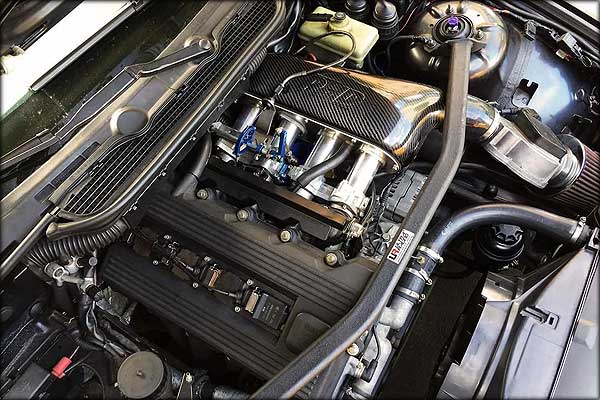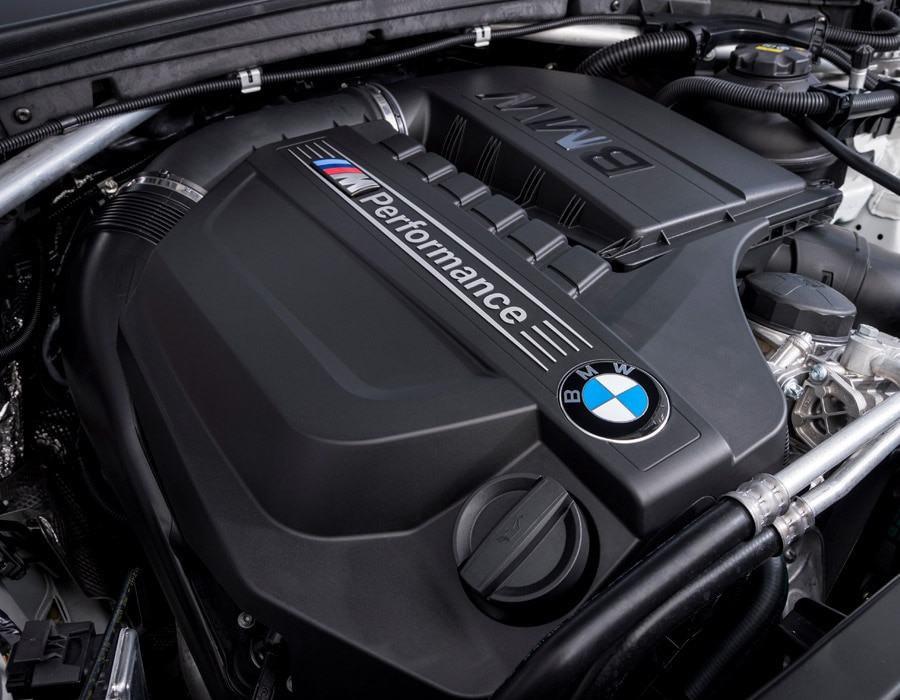The Advancement of the BMW Engine: A Look Back at Iconic Models
The Advancement of the BMW Engine: A Look Back at Iconic Models
Blog Article
Discovering the Advancement of Burning Engines in Modern Transport Systems
As we navigate the landscape of modern-day transport, the evolution of burning engines stands as a testimony to human ingenuity and design expertise. The interplay of background, technology, and environmental concerns in forming the trajectory of combustion engines creates a story that is both insightful and engaging.
Very Early Beginnings of Combustion Engines
Exactly how did the concept of burning engines first arise in the early stages of transport development? The origins of combustion engines can be mapped back to the 17th century when the principles of inner combustion were initial checked out. In 1673, Christian Huygens conceptualized a fundamental internal burning engine that used gunpowder to produce power. It had not been until the late 19th century that functional applications of combustion engines in transportation started to emerge.
The advancement minute featured the creation of the initial successful gasoline-powered engine by Karl Benz in 1885 - bmw engine. This engine paved the means for the growth of the modern auto, transforming transport systems worldwide. Succeeding developments by Nikolaus Otto and Gottlieb Daimler better refined combustion engine innovation, bring about the automation of cars and the rapid expansion of the transportation market
These very early burning engines were defined by their simpleness and performance, laying the structure for the facility and effective engines made use of in modern-day transport systems. The development of burning engines has been critical in shaping the method we travel and transfer goods, marking a significant landmark in the background of transport advancement.
Shift to Internal Burning Modern Technology
The shift to internal combustion innovation marked an essential shift in the evolution of transport systems. This change began in the late 19th century, with inventors like Nikolaus Otto and Gottlieb Daimler creating the very first effective interior combustion engines. These engines reinvented transport by providing a much more effective and powerful alternative to vapor engines and electric motors.
Among the vital advantages of internal burning engines was their capacity to be scaled down to suit vehicles, bring about the advancement of automobiles and motorcycles. This shift from bulky, fixed engines to compact, mobile ones led the way for the modern transport systems we see today.
The shift to inner combustion innovation likewise stimulated improvements in fuel innovation, causing the growth of fuel and diesel as primary gas resources for automobiles. This change not only made transportation much more easily accessible to the masses yet likewise laid the structure for the oil and gas sector to end up being essential to worldwide economic situations.
Impact of Combustion Engines on Transport
The fostering of burning engines in transportation systems catalyzed an extensive change in the efficiency and speed of international wheelchair. Combustion engines revolutionized transportation by giving a reliable and versatile source of power for numerous cars, including cars, planes, vehicles, and ships. This technology considerably enhanced check this the ability for individuals and products to relocate over fars away in shorter period, causing enhanced connection in between regions and nations.
In addition, the extensive use combustion engines has had a considerable influence on financial development. The capability to transfer products effectively has actually stimulated trade and commerce, enabling services to increase their markets and reach consumers worldwide. This has actually facilitated economic development and globalization, as products can now be transported faster and in larger quantities than ever before.
Nevertheless, the environmental effect of burning engines can not be overlooked. The burning of nonrenewable fuel sources has actually brought about air contamination and greenhouse gas discharges, adding to climate change and presenting health dangers to populations. bmw engine. Therefore, there is an expanding focus on developing alternate propulsion technologies to reduce these negative effects and produce a more lasting future for transportation
Advancements in Combustion Engine Design
One significant advancement is the growth of turbocharged engines, which utilize exhaust gases to drive a generator that presses inbound air, allowing for more gas to be charred, resulting in increased power outcome without a considerable rise in engine size. Variable shutoff timing systems have additionally revolutionized engine style by maximizing go to these guys airflow at various engine rates, enhancing both power and effectiveness. These innovations jointly contribute to the continuous enhancement of burning engines in modern-day transportation systems.
Future Trends in Burning Engine Growth
With innovation improvements driving continuous advancement, the future of burning engine development is poised to reinvent transportation systems around the world. One of the vital trends in combustion engine advancement is the press in the direction of greater effectiveness and decreased discharges.
Another popular fad is the adoption of hybrid innovations in combustion engines. Crossbreed engines combine standard burning modern technology with electric power, offering boosted fuel efficiency and reduced exhausts. As the auto market shifts in the direction of electrification, crossbreed combustion engines are viewed as a transitional solution that bridges the space between conventional lorries and completely electrical ones.
Additionally, the combination of smart technologies, such as expert system and data analytics, is expected to play a considerable role read the article in the future of burning engine advancement. These technologies can enhance engine performance in real-time, leading to extra effective combustion procedures and enhanced general car performance. Accepting these future patterns will certainly not only drive technology in burning engine growth but additionally add to an extra eco pleasant and sustainable transportation ecological community.

Conclusion
In verdict, the evolution of combustion engines in modern transport systems has been marked by substantial developments in modern technology and style. From the very early beginnings of combustion engines to the change to internal burning modern technology, these engines have had a profound effect on transport. Technologies in burning engine style remain to drive progress in this area, with future patterns concentrating on more boosting performance and minimizing emissions. The future of combustion engines in transport looks promising as r & d initiatives continue to push boundaries.
The roots of burning engines can be traced back to the 17th century when the concepts of interior combustion were very first checked out. These engines reinvented transportation by using a much more efficient and effective choice to vapor engines and electric motors.

Report this page